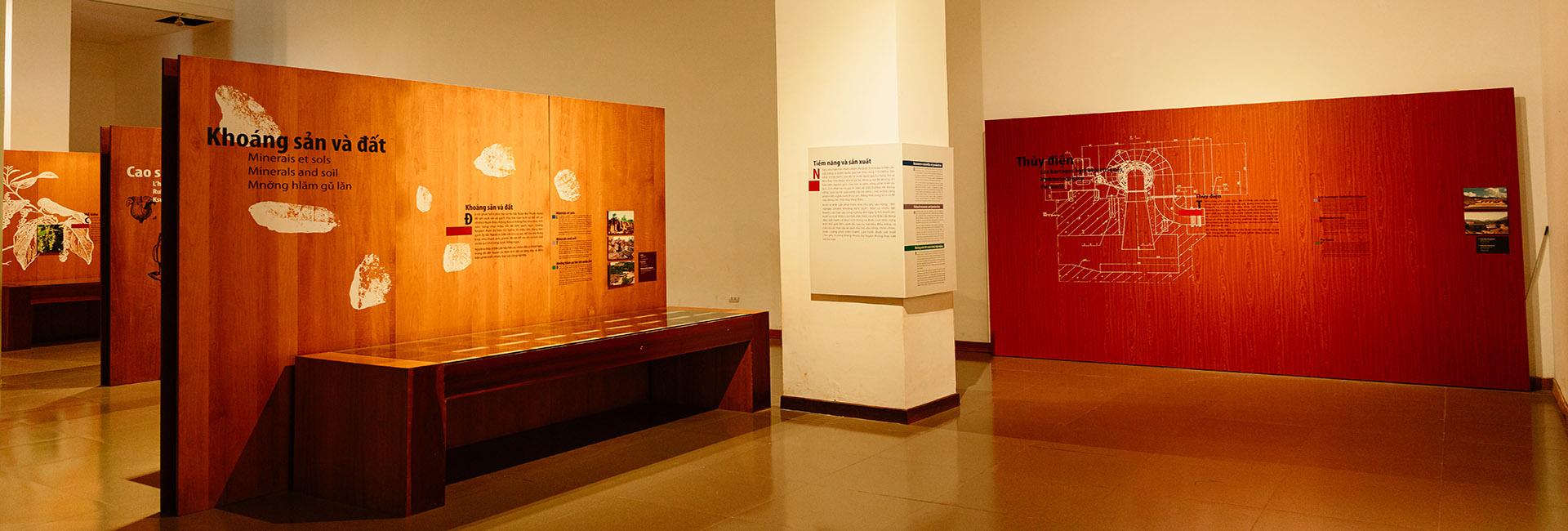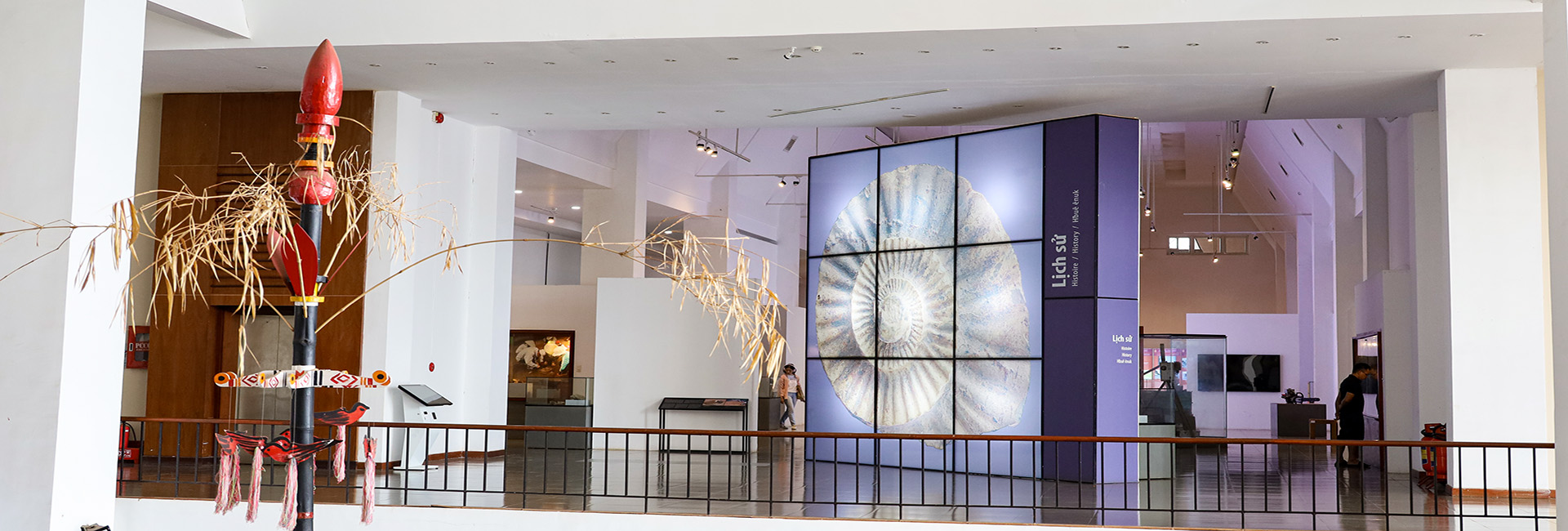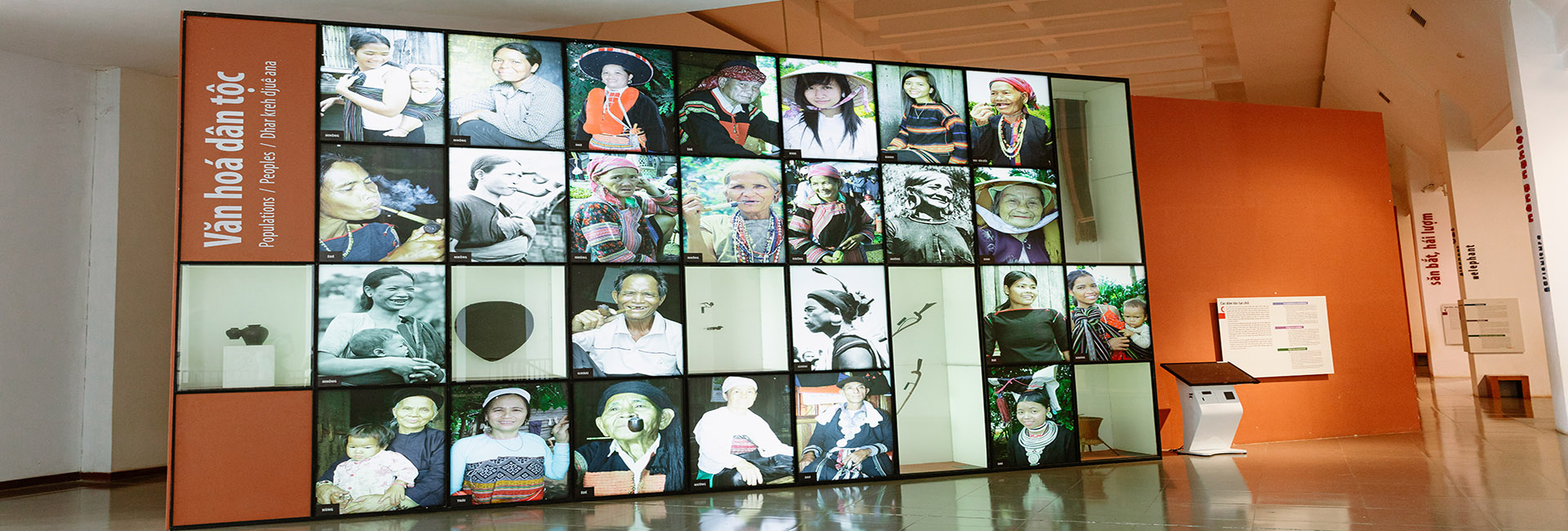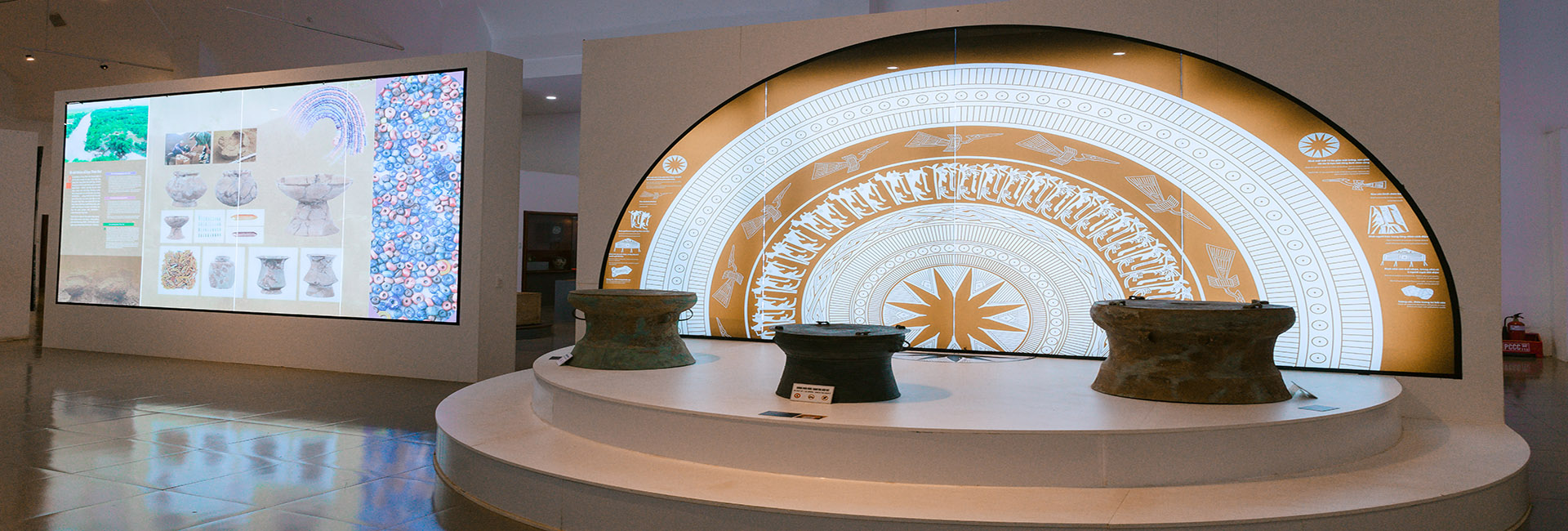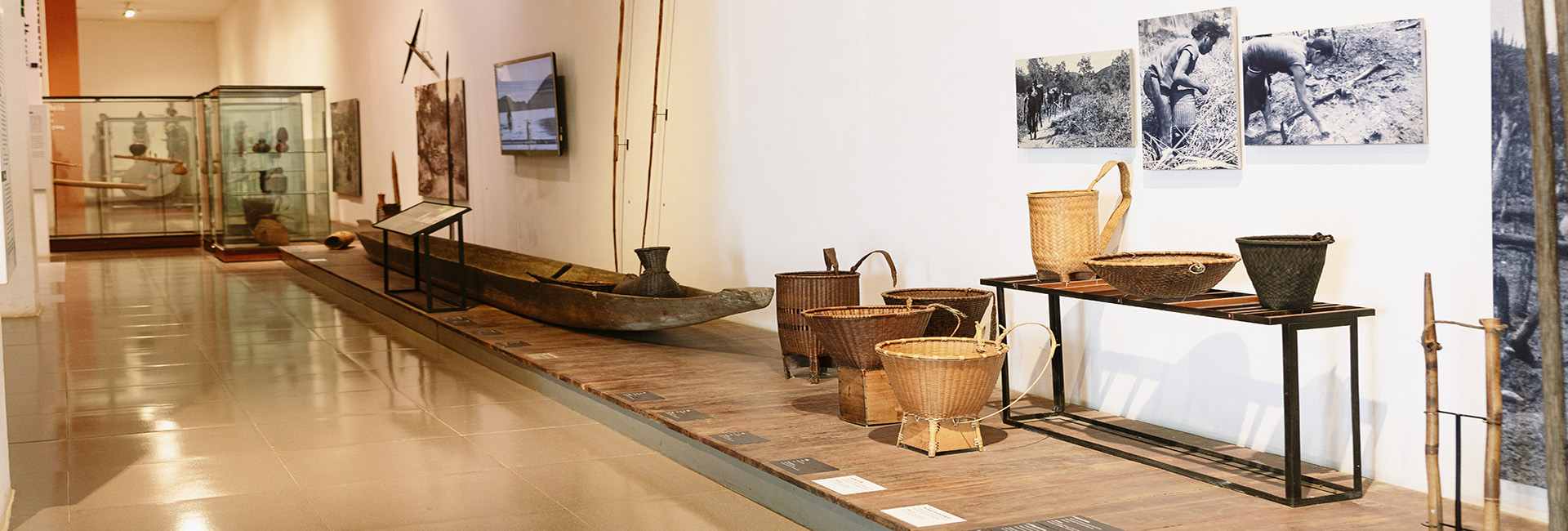SEED CONTAINERS FOR SOWING SEEDS
After the fields have been cleared and weeded, the carefully selected seeds from the previous crop are placed in pretty baskets, suspended on the hip, swinging following the woman's steps to the fields to start a sowing season.
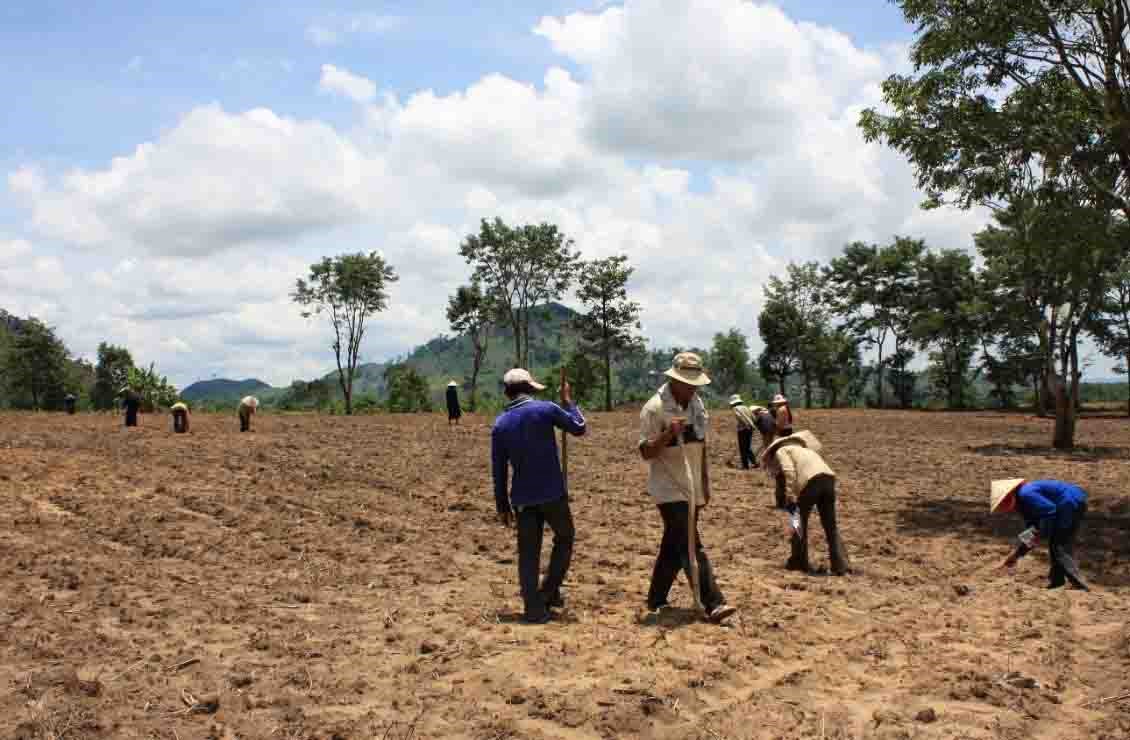
Traditionally, the Ede, Gia Rai, and Mnong have been agriculturalists, practicing crop rotation. At the beginning of the rainy season, after clearing the land, villagers start sowing. The seeds are placed in neatly woven baskets or long, large tubes made from bamboo tube, with one end sealed by a natural node to form the bottom, and the other end cut flat or slightly slanted to serve as the opening, and plant crops using the “hole poking, seed sowing” method — men go first, using sticks to make holes in the ground; women follow behind, placing seeds into the holes and covering them with soil for germination.
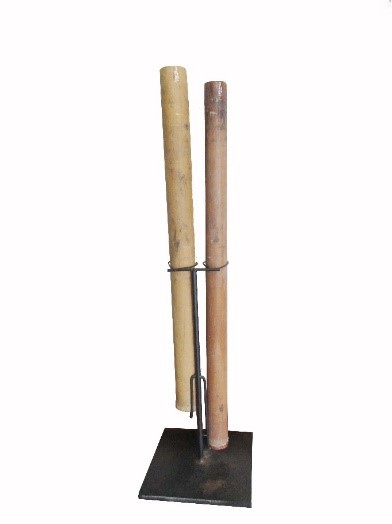
Seed bamboo tube
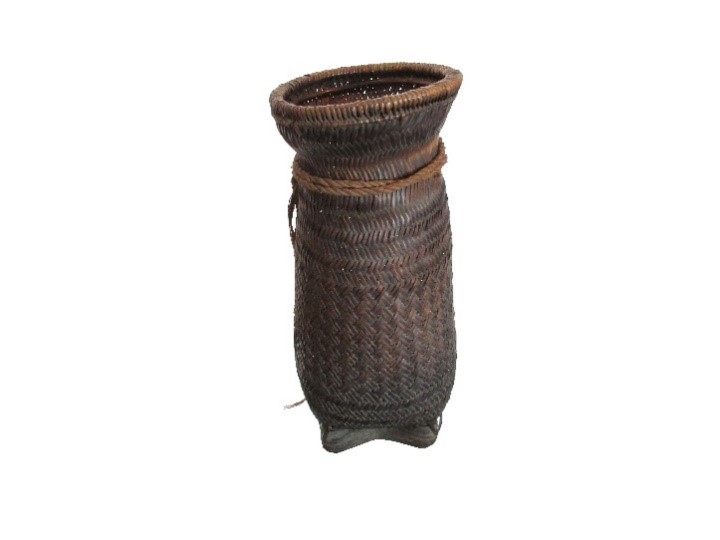
Seed basket of the Ede
Seed baskets are made from familiar materials such as rattan, bamboo, etc., crafted by skillful hands of the men in the village. These baskets are durable, lightweight and highly practical. They are woven from thinly split bamboo strips, shaped into a round cylindrical form with a slightly flared rim. The rim is bound with a rattan fiber, and just below it is a cord for tying the basket around the waist during use. The body of the basket is woven in various patterns to create decorative motifs. To form a stable base, the artisan curls a bamboo strip into a circular shape, bends it into four corners, and attaches it to the bottom.
In addition to these baskets, local ethnic groups here also use another traditional container for keeping seeds during sowing — large, long tubes made from bamboo tube, with one end sealed by a natural node to form the base and the other end cut flat or slightly slanted to create the mouth.
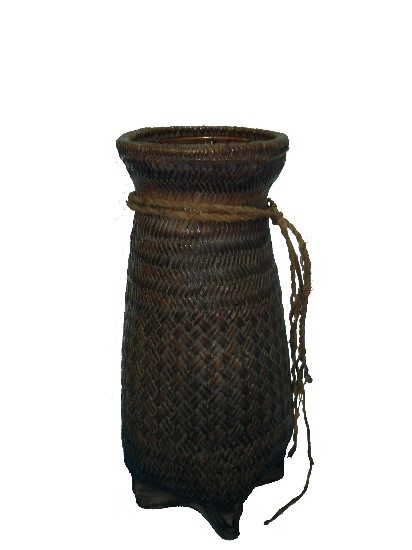
Seed basket of the Mnong
The seed basket are one of many items used in the agricultural cultivation process, associated with the first stages of the crop, conveying people's belief in a new crop of bountiful harvests, full granaries of rice, and happy and prosperous villagers. Nowadays, farming methods have changed according to modern trends, however, in many villages where traditional bamboo weaving is still preserved, people still use weaving tools with local characteristics.
Bich Tuyen




